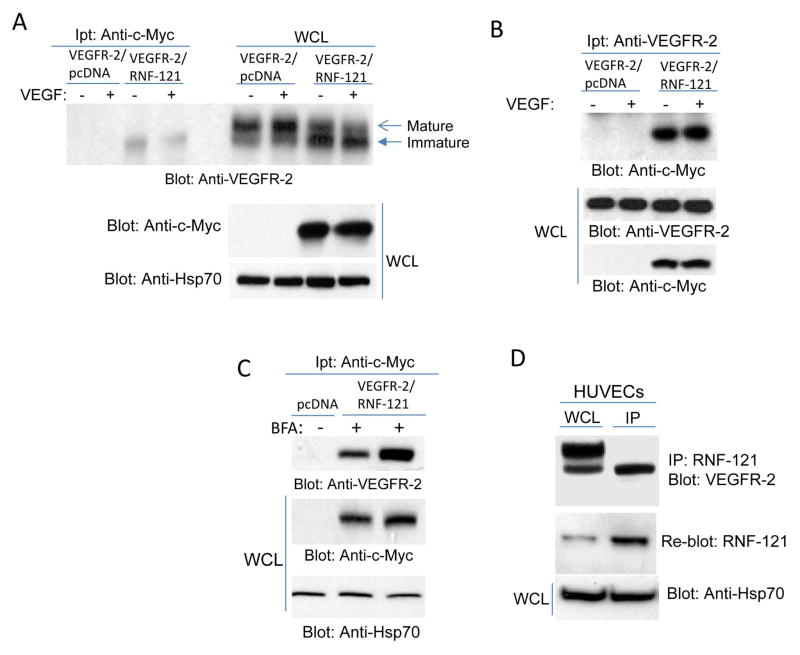Figure 3. RNF121 selectively binds to immatureVEGFR-2.
(A) VEGFR-2/HEK293 cells were transfected with an empty vector or with Myc-RNF121. After 48 hours of transfection, cells were starved for overnight followed by stimulation with VEGF for 10 minutes (+) or left unstimulated (-). Cells were lysed and whole cell lysates was immunoprecipitated with anti-c-Myc antibody followed by immunoblotting with anti-VEGFR-2 antibody. An aliquot of whole cell lysates (WCL) of the same lysates was also subjected to western blot analysis as a control and blotted for RNF121 and loading control. (B) Cell lysates derived from VEGFR-2/HEK-293 co-expressing empty vector or RNF121 prepared as panel A and cell lysates were immunoprecipitated with anti-VEGFR-2 antibody followed by immunoblotting with anti-c-Myc antibody. (C) VEGFR-2/HEK293 cells co-expressing empty vector or Myc-RNF121 were treated with vehicle (-) or with Brefeldin A (BFA) (+) and cell lysates was subjected to immunoprecipitation using anti-c-Myc antibody followed by immunoblotting with anti-VEGFR-2 antibody. Of note, the immunoprecipitated proteins shown in panel B and C were resolved on 12% SDS-PAGE to probe for RNF121 and hence VEGFR-2 is detected only as a single band. Whole cell lysates from the same group were blotted for RNF121 using anti-c-Myc antibody and loading control, HSP70. (D) Cell lysates derived from primary human endothelial cells (HUVECs) were subjected to immunoprecipitation assay using RNF121 antibody followed by immunoblotting with anti-VEGFR-2 antibody. The same membrane was re-probed for RNF121. The whole cell lysates was also blotted for HSP70 as a loading control. All the western blots shown in figure 3 are presentative of at least three independent experiments.

